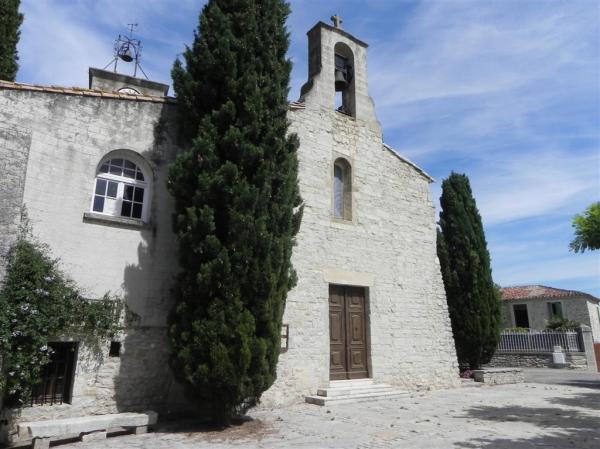Garrigues
The history of Garrigues dates back to Roman times, and a Romanesque church dedicated to St. Barthélemy was built here in the early Middle Ages, and fortified in the 14th century. Note its medieval streets, its communal oven...
The Wars of Religion did not spare the commune, its church, cemetery and presbytery.

After the revolution of 1789, the village was attached to the canton of Restinclières, then to the canton of Claret.
Garrigues experienced numerous land clearings at the beginning of the 19th century, followed by the prosperity of winegrowing with the extension of streets and the construction of a town hall and school, before the winegrowing crisis at the beginning of the 20th century that forced the winegrowers to join forces with those of Campagne to build the Campagne Garrigues cooperative cellar in 1928.
But water supply remained a major problem, as there were no springs or rivers in the area. In the early 20th century, the Saint Martin de Londres electrification cooperative and its dam on the Hérault were created. In 1931, faced with new water supply problems, the villages of Garrigues and Campagne created the "Syndicat d'adduction d'eau potable de Garrigues et Campagne" (Garrigues and Campagne Drinking Water Supply Syndicate), and the work was carried out during the 2nd World War. Today, the syndicat distributes water to the outskirts of Montpellier.
After 1945, a CUMA (cooperative for the use of agricultural equipment) was created in Garrigues, then transferred to Aspères.
Today, several hectares of land have been cleared to plant a quality vineyard,
The church has been restored, and the municipality has created 6 self-catering apartments to promote tourism.
Text by Jean Louis Ricard

